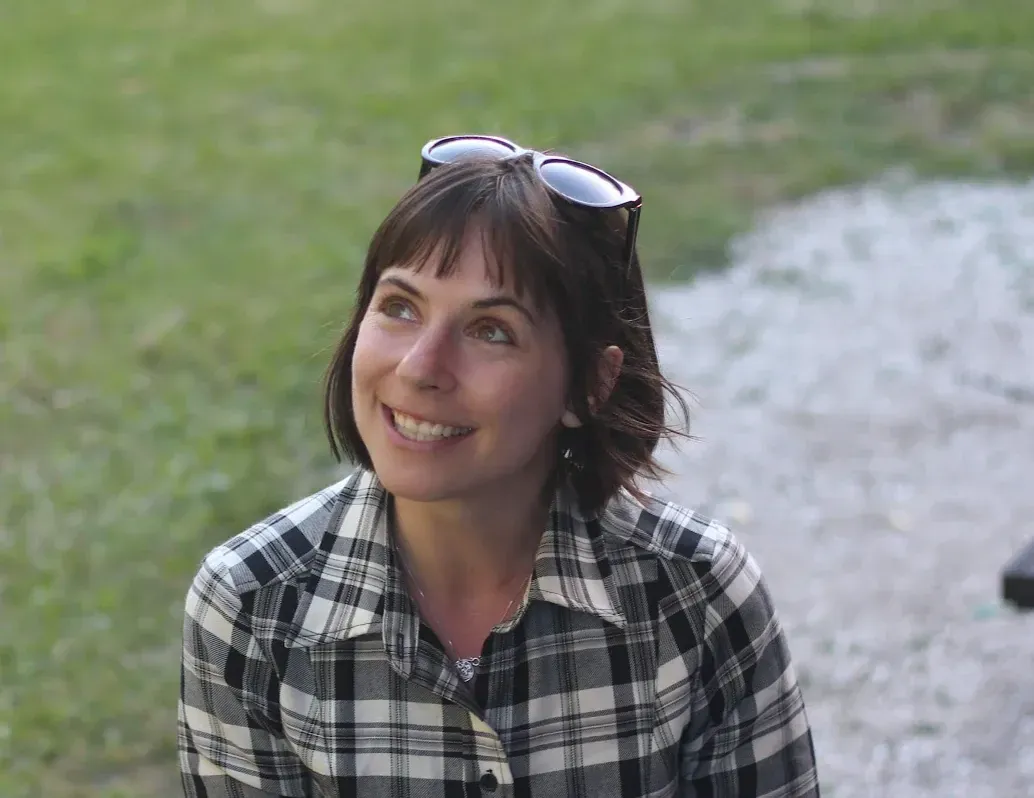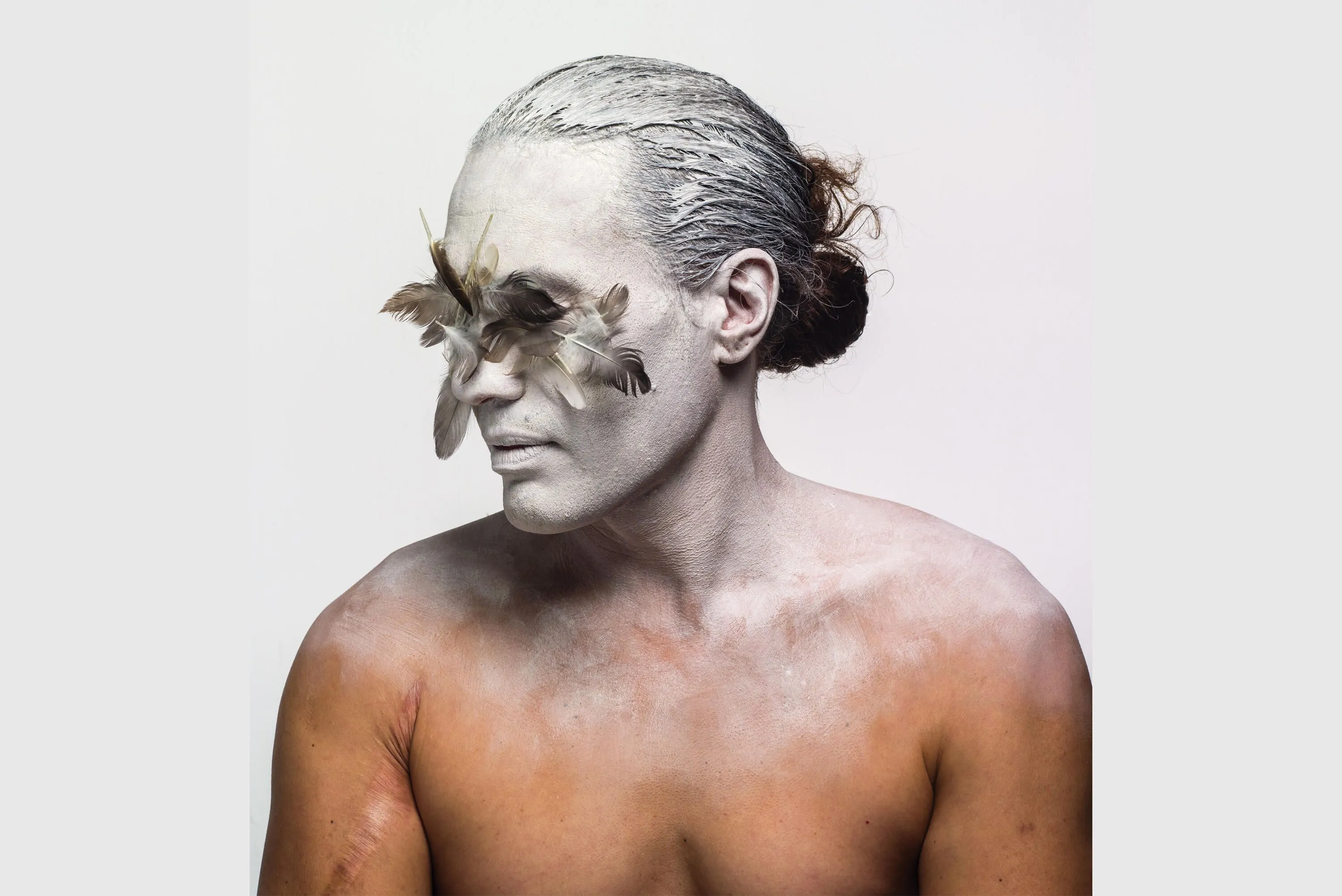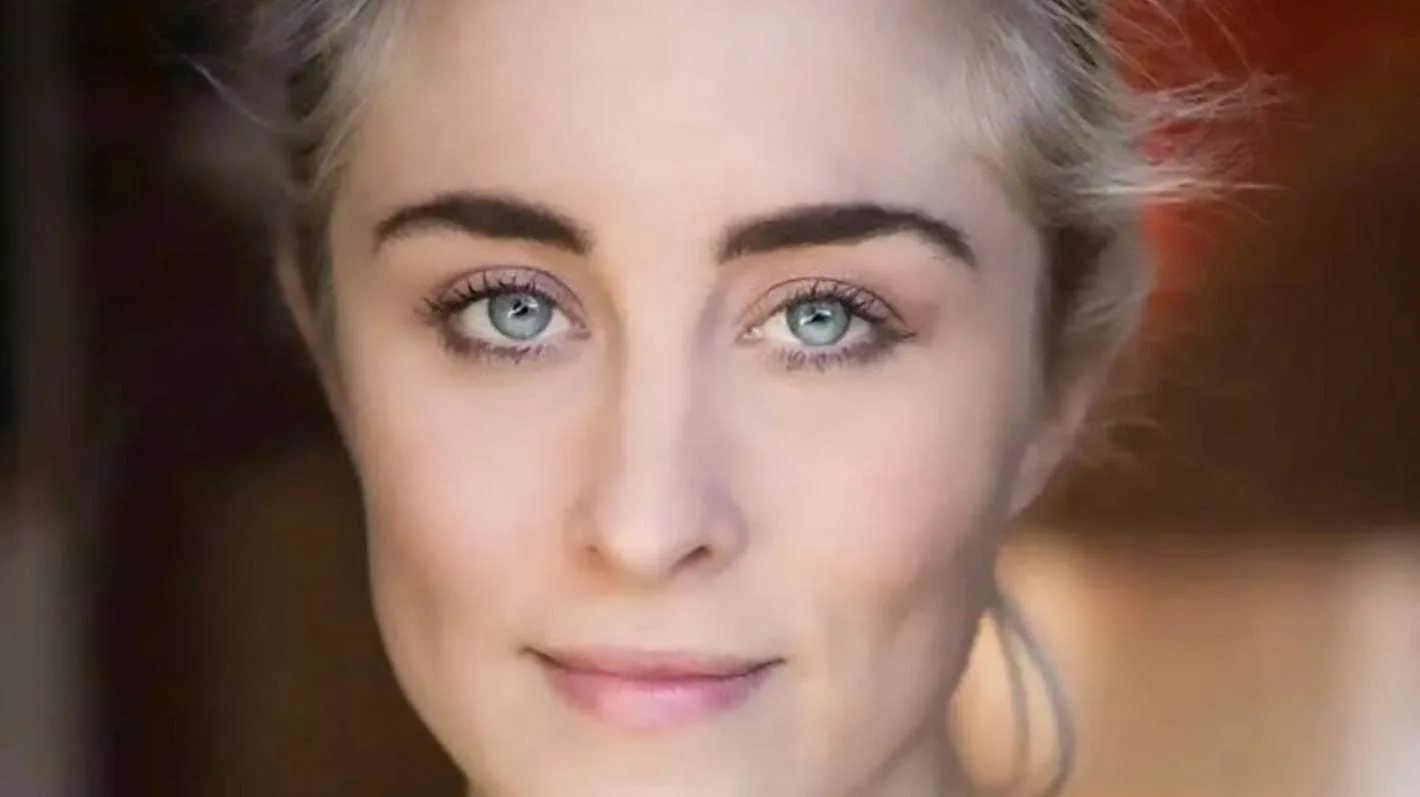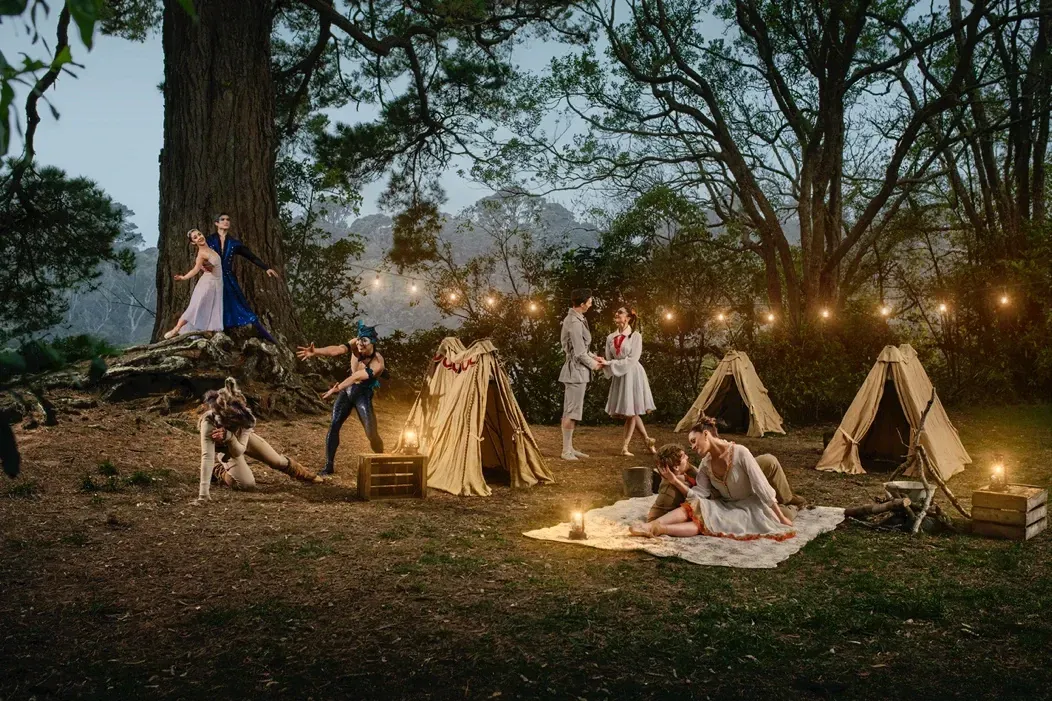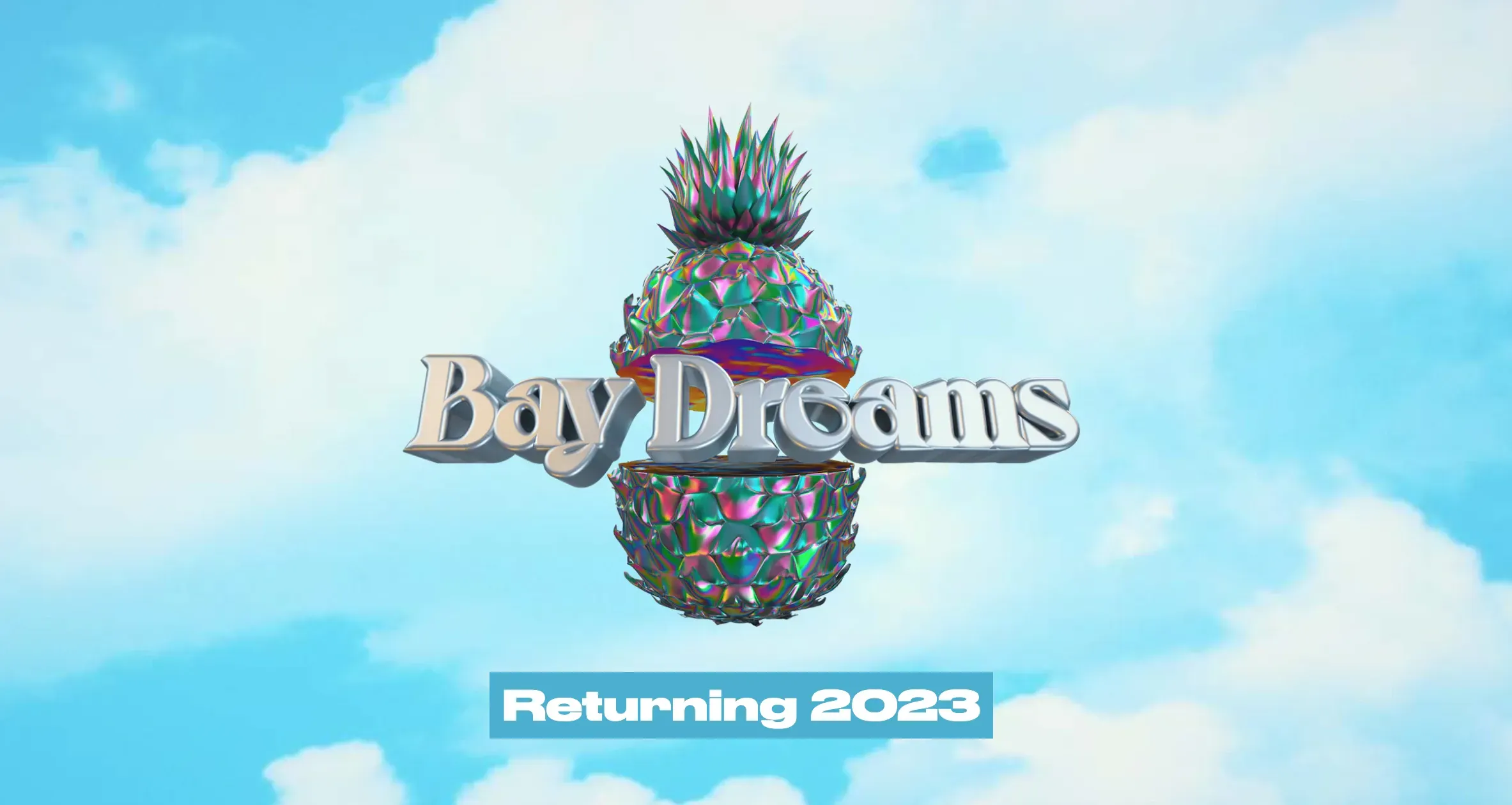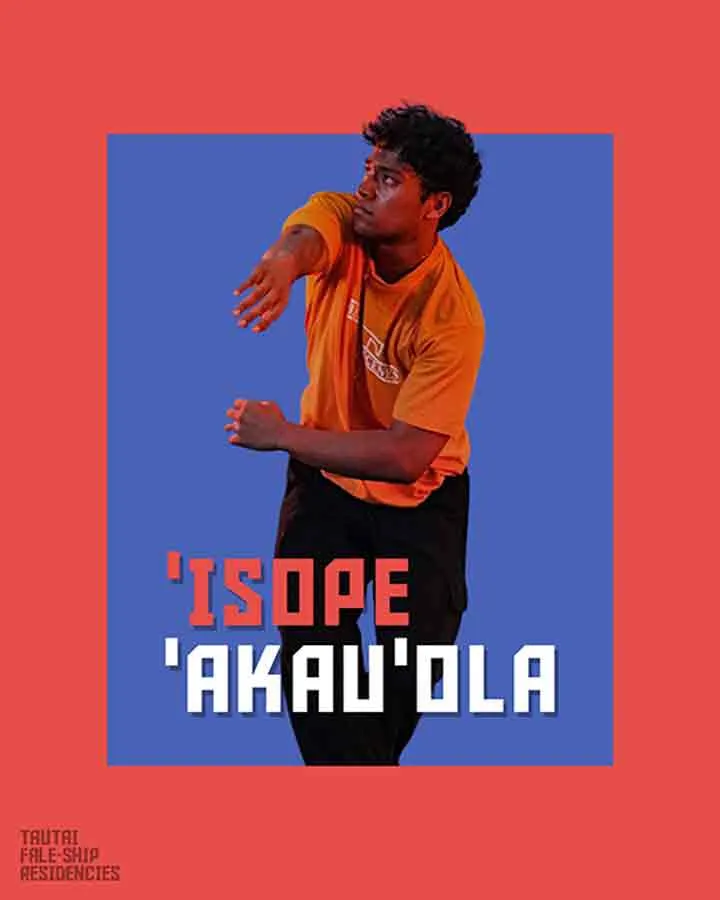You've Got a Voice - Now Use It
Written by
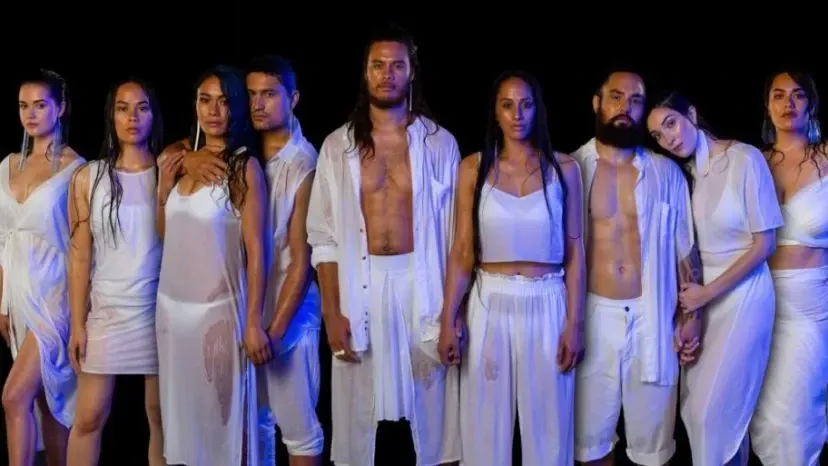
It’s growing.
That voice that used to be a murmur in the background is getting louder.
It was only a few weeks ago that The Lowdown put the spotlight on the plight of independent creatives in the pandemic era - with the likes of Cat Ruka leading the call to “address the extreme hardship our independents are facing.”
Rather than fade into the background, that movement is taking strides forward.
Giving that collective an identity is crucial - so too is moving away from hearsay and anecdotes of the struggle of life outside the safety net of the arts leading funding models.
What is needed is cold, hard facts. Something that can’t be waived off. It may not be creative, but it is influential,
Data.
The problem is, most of the important mahi in this area is done by arts organisations. These bodies of research are hugely valuable to the sector and when done right, can have influence in the corridors of power.
A trio of well-regarded independent creatives and performers - Sam Snedden, Alice Canton and Johanna Cosgrove - felt that what's missing from that advocacy is the voice of the independent practitioner. So they’ve taken it upon themselves to change that, in their words, guerilla style.
They've put together a survey for independent creatives - by independent creatives. It’s run through Auckland Fringe’s survey software with the promise that your identifying information won’t be shared with them or any other third parties.
The survey asks plenty of relevant questions in real-world speak, not “high level” jargon that’s more suited to a board room than a green room. Click here to be directed to the survey.
Snedden told The Lowdown “when this MCH funding (the $5 million Cultural Emergency Relief Fund) was announced there was a feeling that there would be some help coming for independent artists.
“But once we read the criteria for application, we realised that it was way too narrow and actually wouldn't be accessible to the vast majority of gigging artists.
“There is some awesome advocacy and data collection being done, but we felt like what was missing was the voice of independent contractors and arts workers. Those who work gig to gig and commission to commission. Also, I don't feel like the data that is being collected really investigates the average artist's ability to access support. Either because they can't meet the criteria, don't think they are able to or simply haven't heard about it.”
Snedden reiterates the more independent creatives who do the survey, the stronger their message will be.
While not wanting to preempt the data, he indicates “I would say that the same high trust model that is being applied to businesses needs to be in place for artists. Independents who are self-employed need the same level of trust, and if there are barriers to people accessing support they need to be addressed.”
The call for the independent artist to have a seat at the table of these discussions is also beginning to filter into the mainstream. Multidisciplinary artist and performer Amber Liberté is one of the rising number prepared to stick their head above the parapet and demand better.
Her Stuff article called out many of the issues those working in the arts have faced for years but have been exasperated by COVID. The lack or rights for independent workers, the alarming $35,800 annual income for artists in Creative NZ’s 2018 research, the frustration of time-consuming funding applications.
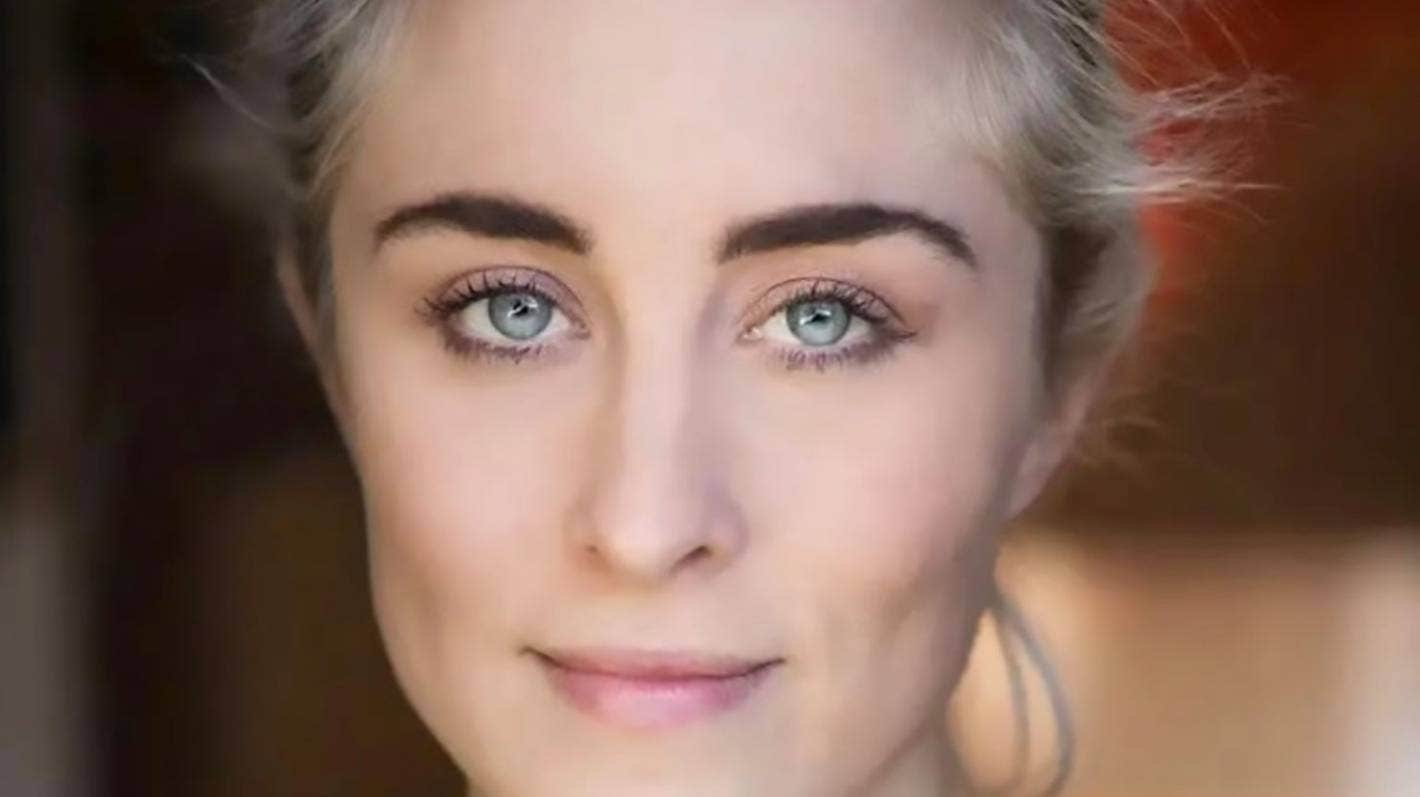
Amber Liberté. Photo: Supplied.
Liberté has taken aim in particular at what she labels a “grossly wrong” scenario where CNZ Chief Executive Stephen Wainwright is paid eight to nine times that of the average artist (by 2018’s figures).
Speaking with The Lowdown, Liberté admits “I'm shit-scared about how that (article) might impact my potential of getting funded. But until now I haven't been funded by them, if they do 'blacklist' me - however subtly - my point of criticism about the unjust favouring of their workers vs the workers they are meant to be helping still stands.”
The acceptance of status quo has been met with a quiet resentment by many creatives for years, but Liberté things that’s changing. “I'm far too emotional to just 'deal with it.' It's a blessing and a curse.
“I think the pressure of things like climate change are reminding everyone of the urgency of everything. And the lockdowns have caused a serious reflection and given us the grace of some time to collect our thoughts and feelings. But, I do believe in order for things to shift we need to be putting a lot more pressure on. We need to be taking to the streets and protesting. Because, in my opinion, we are not being heard.”
Māori productions deserve equal treatment
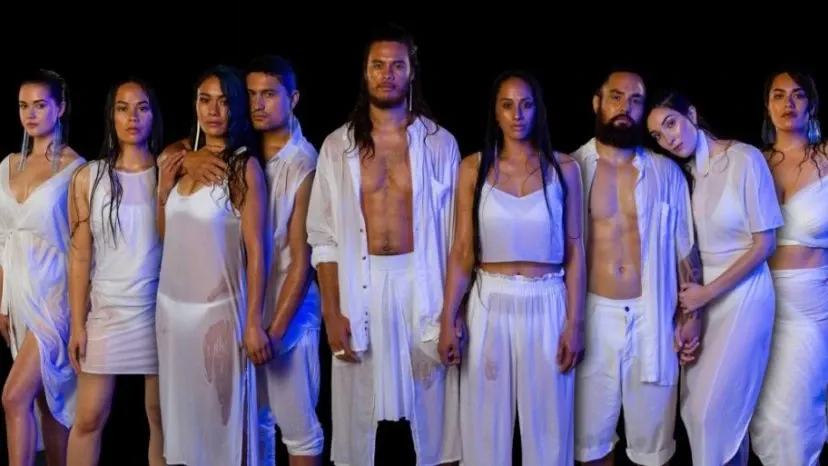
Cast of Ahikāroa. Photo: Supplied.
There are also calls for better and more equitable treatment in the screen production industry.
Ngā Aho Whakaari, who represents Māori in the screen industry, is leading the call for direct COVID relief support for the Māori screen production sector.
Many would argue that the quality of Māori production - and accessibility to view it - has never been higher but there’s growing frustration that it’s getting the poor cousin treatment, particularly through the pandemic frustrations that are holding the whole industry to ransom.
Their stand has been supported by the Directors and Editors Guild of New Zealand (DEGNZ), pointing out in July 2020, NZ On Air and the New Zealand Film Commission (NZFC) received $23.4 million for a Screen Production Recovery Fund. In September of this year, the Government announced further COVID relief support accessible through NZ On Air and NZFC.
Through both cycles, Te Māngai Paho (TMP), the Māori commissioning agency, received no direct COVID funding.
Ngā Aho Whakaari chair Anahera Higgins explained to Te Ao Māori News "the situation exposes disadvantages for Māori caused by legislation because Māori media is overseen in a different industry from the rest of the sector.
"We understand from our community that support for COVID-related causes are coming out of TMP baseline funding, which means there's even less money for Māori content."
DEGNZ Board Member Renae Maihi told The Lowdown “the impact of funding inequities to Māori practitioners working in the film and television sector is significant, alarming and harmful.
“As a Tangata Whenua practitioner who has worked in both Māori and mainstream productions, I have experienced this first hand. When working for mainstream production companies I have been paid significantly more and I've enjoyed the privilege of working under "Blue Book" rights and conditions.
“In Māori productions, the projects are so drastically underfunded I was once offered $1000 to write a 30 minute drama television episode - something that would require weeks of my time. After consulting with my guilds and my own mana, I had to decline. From this situation I wanted to understand how a production company could be in a position like to offer far less than minimum wage.
“When I investigated, all roads lead back to the massive inequity between funding to Māori and funding to mainstream productions. The reason given for this is generally audience numbers, however in order to support the voice of Māori as first peoples in Aotearoa we need to support it properly.
“I have spoken to many of my peers over the years about their burnout and frustration. Having a sense that your mana is being degraded while trying to make a living is just not good enough.
“We are constantly put in a position whereby we either work excessively for nothing so that our stories have a presence - or we don't and our stories become extinct in the media realm.
“This burden of responsibility is now affecting the next generation of our Māori industry practitioners and this cannot be allowed to continue.
“Te Tiriti o Waitangi partnership is about equality. Te Māngai Paho and Māori productions deserve equitable funding and it is my personal feelings that Ngā Aho Whakaari is correct that this lack of COVID funding is another example of systematic racism.“
Don't (Bay) dream it's over
The hits keep coming for the performing arts and events industry - and not in a good way.
After we broke down where things stand for venues and festivals in last week’s Lowdown, people were beginning to feel positive about the summer staples returning.
But one of the marquee names from the New Year’s festivals hasn’t made it that far - with Bay Dreams announcing its Tauranga and Nelson January events have been cancelled.
A lack of MIQ spots to bring international acts in has been cited as a central reason, along with the ongoing uncertainty, leaving organisers weary of providing concert-goers with “a watered-down version” of the virtually sold out festival.
On its Facebook page, Bay Dreams organisers wrote “we never thought we'd be in this position, and as difficult as this is, we feel it's best for the integrity of the show.”
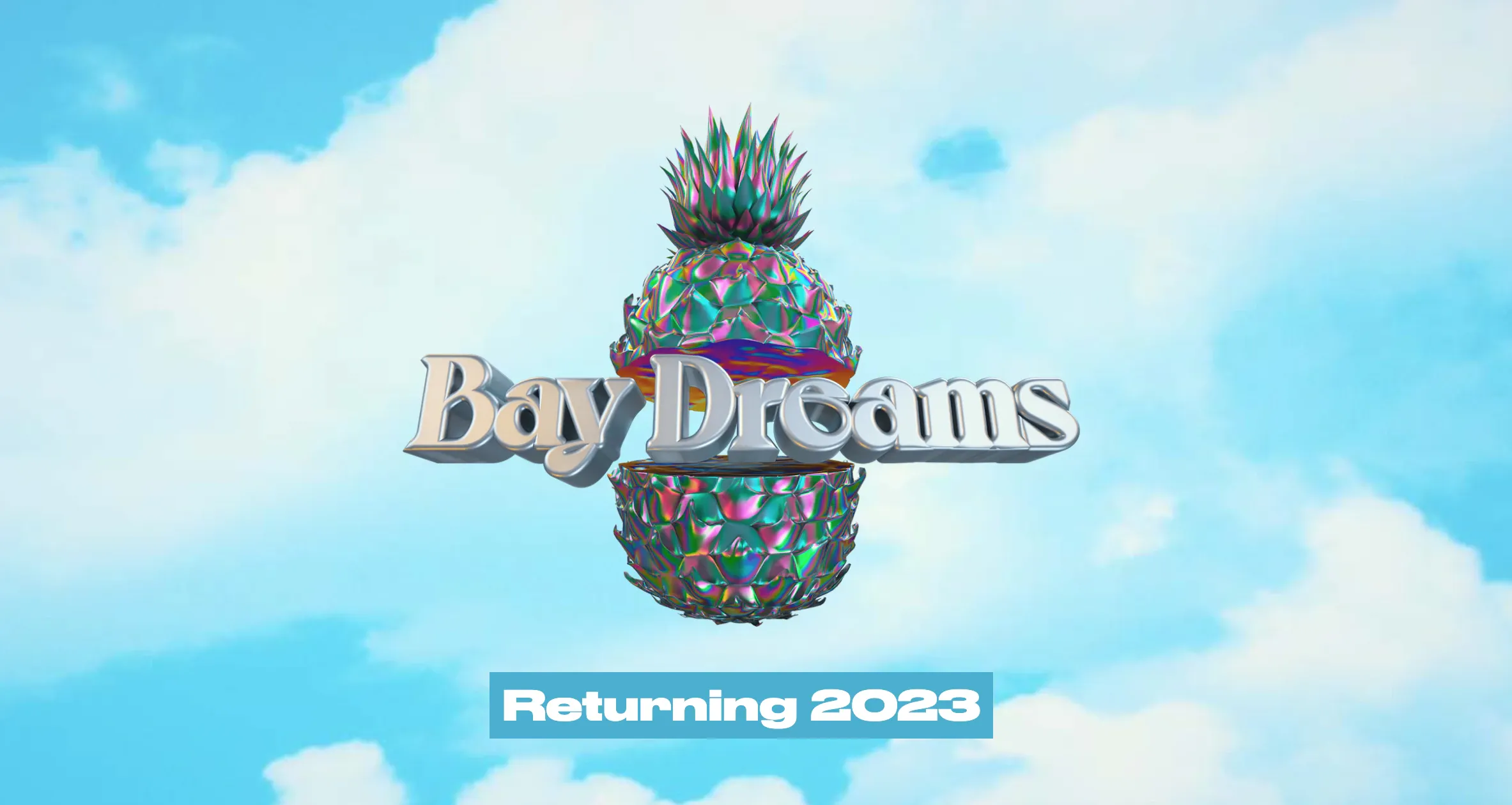
Bay Dreams website already moving on past its 2022 cancellation.
While they will be putting on smaller shows at the same venues, refunds will be automatic to ticket holders.
This is a real blow - Tauranga alone usually counts on a $4 million injection to the economy from the show, let alone the impact on local acts who have been told one of their big gigs has been wiped out (though hopefully many get picked up by the new smaller shows and others on the summer circuit).
The Royal New Zealand Ballet’s (RNZB) season of A Midsummer’s Night Dream is off to a nightmare start, with 14 shows scheduled through November and December Napier, Palmerston North, Christchurch, Invercargill, Dunedin and Auckland cancelled.
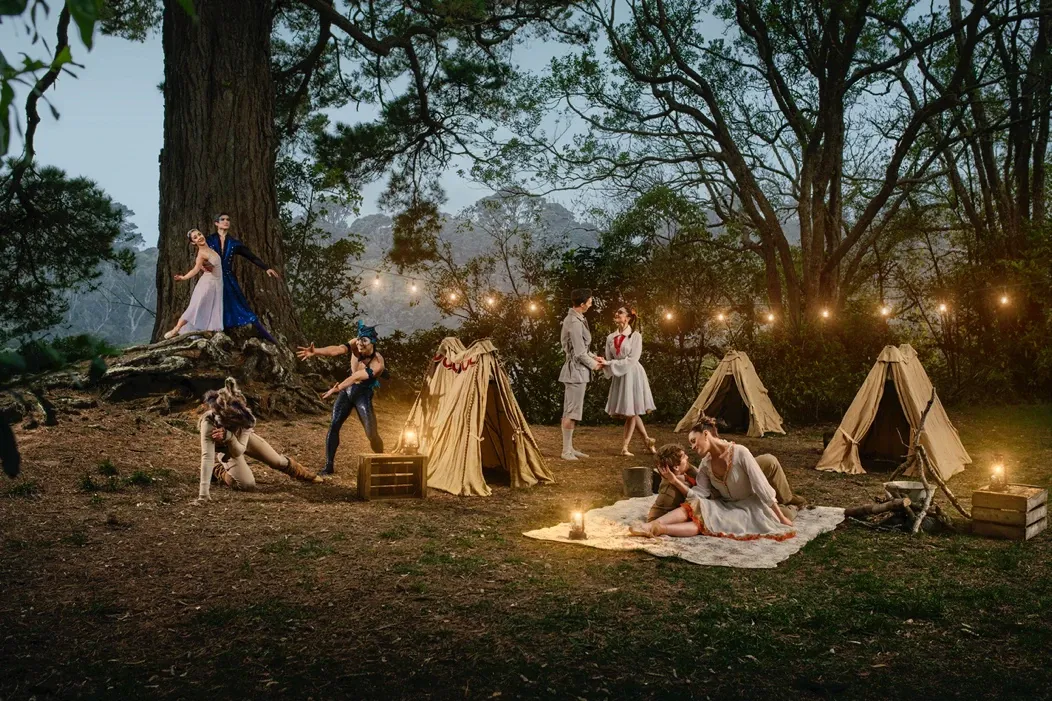
RNZB's A Midsummer's Night Dream. Photo: Supplied.
Executive Director Lester McGrath says “We are sorry to not be touring this magical ballet nationally. It has a special place in the RNZB’s repertoire and in many ways would have been the perfect way to finish what has been a challenging year for many New Zealanders.”
All is not lost entirely, with a digitally accessible performance expected before Christmas for anyone who misses out. Wellington ballet lovers can breathe a sigh of relief through their face-masks, as the show will go on in the capital.
Changes to Wellington’s Opera House will allow the RNZB to perform to socially-distanced audiences The removal of entire rows of seats, strictly limited numbers and seating in household groups, distance between audience members, mask wearing, reduced interval time, no bar service (but free water) and opening up of all entrances and exits will see the performances played to 20% of normal capacity.
But the addition of extra dates means everyone who has bought a ticket will have the chance to attend if they wish and still room for others.
Finding ways forward is becoming the newest of new norms, like the Hawke’s Bay Arts Festival, which will go ahead as planned this month - but have altered their programme to be played out now over a whopping five month period. Festival director Pitsch Leiser gave an insight into the process to The Big Idea’s Kim Meredith.
Fale-ship's fresh talent
Some of the brightest, freshest and most intriguing Moana creatives are about to be given their share of the spotlight.
Last month, 10 talented Pasifika creatives were welcomed into the second iteration of the Tautai Contemporary Pacific Arts Trust Fale-ship residency programme, designed to support and uplift their mahi and storytelling of their indigenous cultures.
Over the next 10 weeks, each of the Fale-Ship recipients will be highlighted individually, starting with emerging performing artist and choreographer ‘Isope ‘Akau’ola.
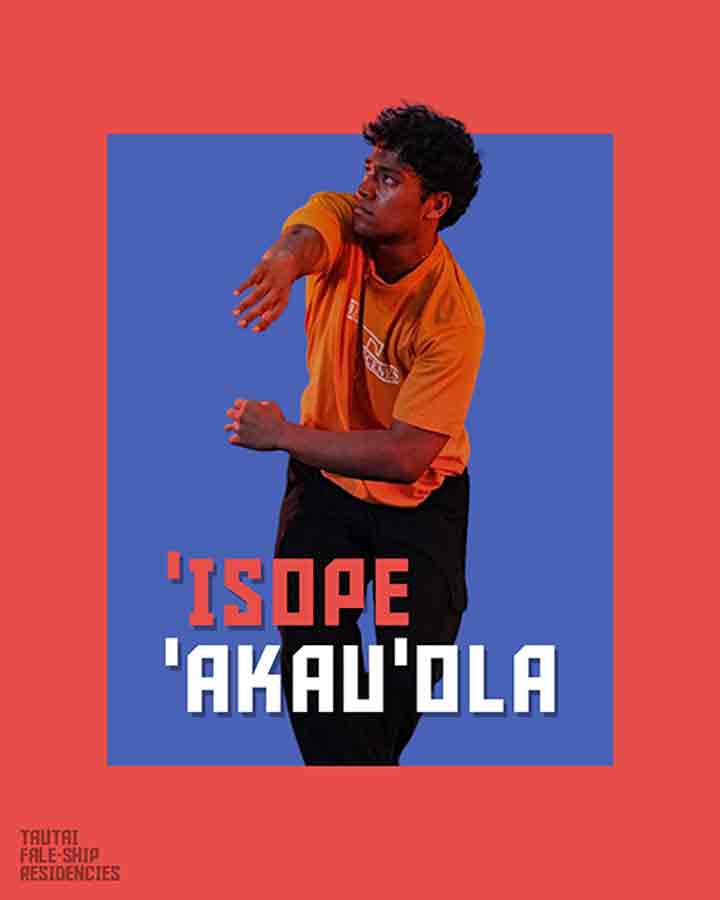
Of Tongan decent, ‘Akau’ola told The Lowdown “The Tautai Faleship Residency has been a really fulfilling experience. I'm currently in my second year of my dance studies/training and it feels amazing to be really given the time and the space to put all of the mahi I work on at uni to practice within this residency.
“I feel incredibly grateful also to do this within a Pasifika-centred space. I feel like my work has been a true representation of what I hope to continue to say as a Pasifika artist. I feel like my work has a huge sense of hope within it and I really hope to share this through ‘Manatu ki ‘Api’.”
The Big Idea, along with Viva Magazine and The Basement Theatre, is among the Fale-ship ambassadors and will be looking into the stories of some of these artists over the coming weeks.
Speaking of digital offerings, An Australian event’s digital launch is making a big effort to be a Trans-Tasman occasion.
Alter State is being hailed as a celebration of disability, creativity and culture, engaging artists and audiences across Australia and Aotearoa.
While the physical event itself is slated for 2022 in Victoria, next month there will be a launch with a week-long digital program, inviting audiences to connect with disabled artists across a range of free online events.
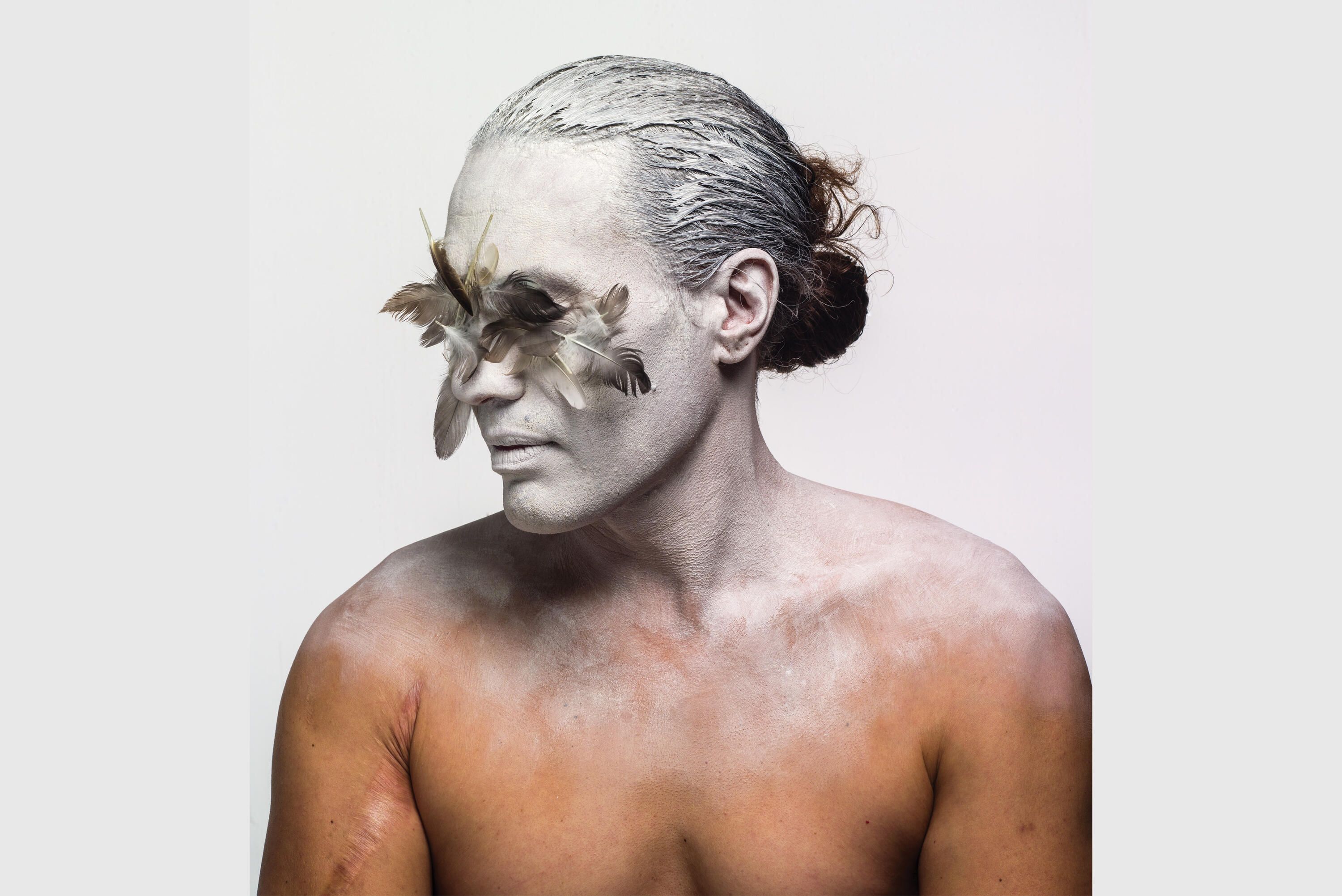
Meremere - Movement of the Human. Photo: Tom Hoyle.
The New Zealand element is far from lip-service, one of our leading performers Rodney Bell is not just connected to it, he’s the poster boy of the event. This could open all kinds of doors for Aotearoa’s disabled creatives, especially in a time where more doors are closed to their performance than usual.
Short and sweet
Short story writing has undoubtedly become more vogue during lockdown, with several new competitions sprouting up through mainstream media outlets like RNZ and Sunday Star-Times.
Last night the most lucrative of these competitions in the country was handed out - with Picton writer Lara Markstein’s story Good Men awarded the $6000 Sargeson Prize, sponsored by the University of Waikato. It also comes with a publication fee.
With acclaimed writer Patricia Grace the chief judge, Markstein’s story about the harshness of growing up in conservative, patriarchal communities was crowned the best in the Open Division.
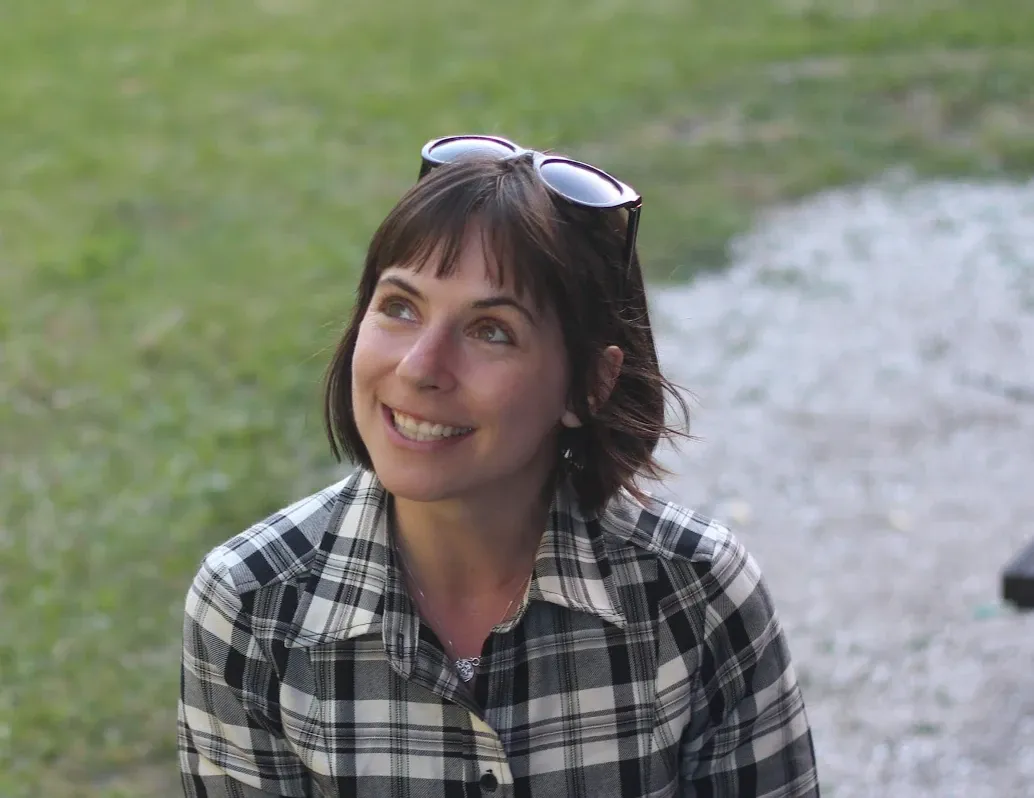
Lara Markstein. Photo: Supplied.
The Secondary School prize - which comes with $500 and a week’s mentoring and writing residency at Waikato Uni - was bestowed upon Shima Jack, a Year 12 student at Dunedin’s Logan Park High School. Her winning story Muscle Memory explores the intricacies of relationships and the quiet permanence of childhood memories.
You’ll be able to read Good Men, Muscle Memory and the other open division place-getters over at ReadingRoom, they’ll be published weekly from next week.
The pre and post-lockdown entry stats show there’s been a considerable uptake in entries since COVID hit our shores. In its inaugural year of 2019, there were 608 entries. This rose to 721 the following year and this year - there were 847 entries.
The awards were established three years ago by Catherine Chidgey, the University's Senior Lecturer in Creative Writing and a novelist herself. She says “it's brilliant to see other short-story prizes popping up: a clear indication of our enduring love for the genre.
“It's a form that fits easily into busy schedules - we can sample a story here, a story there, and feel the deep satisfaction that comes from consuming a honed piece of writing in its entirety.
“By reading about the experiences of others, we also learn about ourselves, and at a time when physically connecting with fellow humans has been so restricted, we feel a sense of deep connection when we recognise our own thoughts and emotions mirrored back to us by a skilled writer.”
If you think you’ve got a good eye for quality writing, there might be an opportunity to prove it.
The New Zealand Book Awards for Children and Young Adults is inviting expressions of interest for judges of the English language categories of the 2022 awards.
Five English language judges will be selected to deliberate over what is expected to be at least 150 entries in five categories – Picture Book, Junior Fiction, Young Adult Fiction, Non-Fiction and Illustration. Te Kura Pounamu Award for books written entirely in te reo Māori is judged by a separate panel appointed by Te Rōpū Whakahau, however the organisers also welcome expressions of interest for the other categories from applicants who have a deep knowledge of te ao Māori and te reo Māori.
